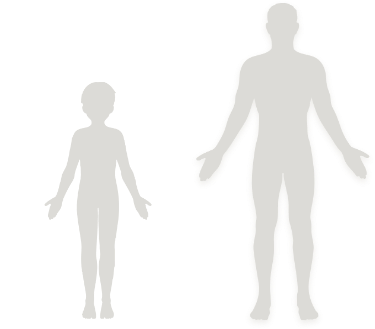Symptomology
HETEROGENEOUS SYMPTOMS
HETEROGENEOUS SYMPTOMS
Alexander disease presents with symptoms and severity that vary significantly depending on age of onset, with more severe symptoms and a worse prognosis in those with early onset.1,4,9,10 The disease may include a constellation of symptoms of motor, cognitive, autonomic, gastrointestinal (GI), and bulbar dysfunction.3,4,10,11

Symptom section
MOTOR SYMPTOMS
May present as delayed acquisition of or regression in motor skills in children and as gait difficulties or weakness, including hemiplegia, in adults 2,4,9,10,33
Cognitive symptoms
Are more marked and frequent in people with an earlier age of onset,2,32 although cognitive dysfunction or dementia can occur in people with a later age of onset 3,4,16
GI SYMPTOMS
May include recurrent vomiting and gastroesophageal reflux that cause feeding difficulties and can lead to insufficient weight gain 1,10,11,34
Bulbar symptoms
May include dysphagia and dysarthria, as well as palatal myoclonus, which is highly suggestive of Alexander disease in adults 1,4
CLINICAL FEATURES
Common presenting clinical features of Alexander disease based on age of onset2-4,32:
Variation in the severity and progression of symptoms is high,4,9 and symptoms are not reliable predictors of outcomes.33 In some cases, different clinical presentations of Alexander disease may be present within the same family,36 and a family history may show related disorders such as multiple sclerosis or adult-onset neurodegenerative conditions.4
An ICD-10-CM code (G31.86) for Alexander disease was established in 2023 in the United States.37

DISEASE PROGRESSION
Alexander disease progression occurs over several months to decades, leading to fatal outcomes.2,4 In most people with a later age of onset, the disease progresses slowly.4 There is a lack of standardized and validated assessments available to monitor disease progression,38 but assessment tools often used in clinical research can be useful for monitoring motor function, cognition, and other measures at various disease stages. These include:
- 10-meter walk test (10MWT)
A quantitative assessment of ambulation in adults and children over 2 years of age17, 39 - 88-item gross motor function measure (GMFM-88)
Captures qualitative changes in mobility (eg, lying and rolling, sitting, walking) in children38 - Vineland Adaptive Behavior Scales
Evaluates adaptive behavior in 4 domains (communication, daily living skills, social skills, and motor skills) from birth to 90 years of age10,40
Alexander disease predominantly arises from de novo pathogenic variants in glial fibrillary acidic protein (GFAP) that disrupt the structure and function of astrocytes in the central nervous system.1,5,24

